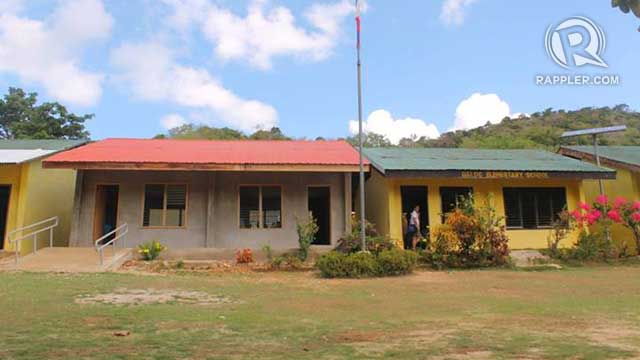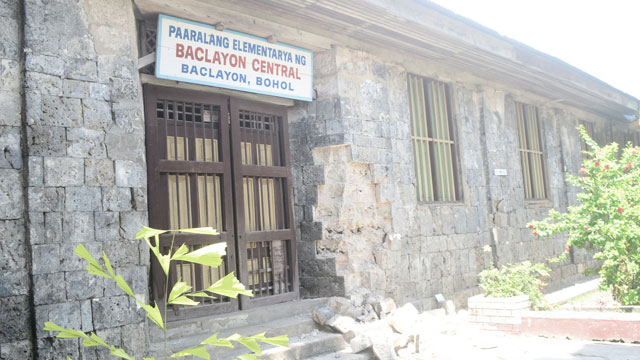SUMMARY
This is AI generated summarization, which may have errors. For context, always refer to the full article.

MANILA, Philippines – In January 2012, the Department of Education (DepEd) promised to build 971 classrooms if the provincial government of Bulacan also built as many.
More than a year later, on Friday, October 25, the department turned over 82 new classrooms – just 10% of the 800 classrooms the provincial government had already built.
Education Secretary Bro Armin Luistro called it his “first give,” and promised to deliver the rest in due time. After all, they also made a promise to the President himself: 66,800 new classrooms by the end of 2013.
“As of end of September, we’re already at 54,000 classrooms of the 66,800 classroom backlog. In two months, we have 12,000 to go,” the secretary said in Filipino. A total of 500 classrooms in Regions 3 and 4A were turned over that day.
But building classrooms, Luistro learned, is not simply a matter of meeting targets.
Two kinds of integrity
When a 7.2-magnitude earthquake rocked Central Visayas on October 15, thousands of schools were damaged, the majority of which are located in Bohol, the epicenter of the quake.
DepEd engineers were instructed to visit every school in Bohol and Cebu – whether damaged or not – to check on the structural integrity of the buildings.
Luistro said schools totally damaged will be rebuilt, following a 2014 Department of Public Works and Highways design that can withstand earthquakes as strong as magnitudes 8 or 9, and a wind velocity of up to 250 kph.
But floods, pests, and fires are just as much a threat to these buildings as earthquakes are. The department made sure winning private contractors for the Public-Private Partnership for School Infrastructure Project (PSIP) would build new classrooms that will last generations.

Edgar Saavedra, president of winning PSIP bidder Megawide Construction Corp, said their classrooms not only have the structural integrity, but also the durability and design needed for a conducive learning environment.
“The method we used here, we used the solid concrete instead of hollow blocks because not only earthquakes…Even [the] durability – we’re talking about 50 years, 60 years – the solid concrete will still last longer. From leaks even to earthquakes, it’s even stronger,” he told Rappler.
But Luistro wants more than just strong schools. “Sinabi ko rin po sa mga winning bidders na kailangan hindi lamang structural integrity, kailangan sa pagtatayo ng mga classroom ay wala ring kakain ng kotong at walang mabebenipisyuhan mula sa secretary, undersecretary, regional director, superintendent, principal, o security guard ng DepEd o kahit kaninong ahensya ng gobyerno.” (READ: Fences and farmers: LGU efforts in education reforms)
(I told the winning bidders to consider not only the structural integrity in building classrooms. It’s important that no one accepts bribes and benefits, starting from the secretary, undersecretary, regional director, superintendent, principal, or security guard of DepEd or any other government agency.)
Employment
DepEd is set to build more classrooms starting next year for senior high school, and employment will also determine where classrooms will rise.
“Sa pag-aaral po ng DepEd, amin pong natanto na kailangan na ang pagtatayo ng mga eskwelahan ay may kaakibat na pakikipag-ugnayan [para] sa mga trabaho kapag sila’y nakatapos, naka-graduate sa kanilang mga eskwelahan,” Luistro said.
(In our assessment, we realized that building schools must entail coordination for job opportunities once students graduate from their schools.)
He said educational programs under the new curriculum will also complement the needs of every province and municipality to make sure graduates of K to 12 will not leave their newly-built schools unarmed. – Rappler.com
Add a comment
How does this make you feel?





There are no comments yet. Add your comment to start the conversation.